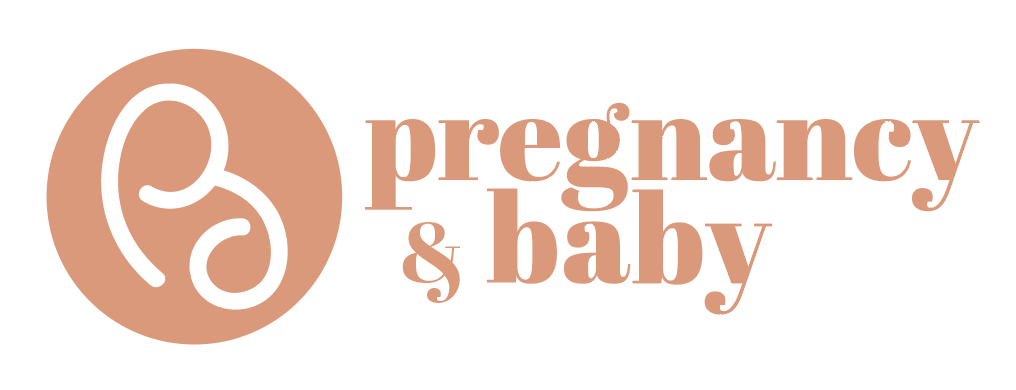

When your baby is between 4—6 months old, you would have tackled most issues with feeding breastmilk or formula milk. Thereafter, it is most likely time to get ready to introduce solids to your baby’s diet!
While weaning your baby onto solids is part and parcel of progressing to toddlerhood, the process can seem daunting to new parents; a potential “war-zone” of mess, spit-outs and spills. To help build your confidence in transitioning your baby to solids, we have compiled some must-know answers to your feeding questions.
Can I introduce solid food to my baby before 3 months?
While the idea of letting your baby experience a variety of foods and flavours may be tempting (some parents even wonder if their baby’s palate is jaded with just milk; the answer is no), most pediatricians recommend introducing solids to your baby only after the age of 6 months. Before that, a young infant’s digestive system is still immature and weaning can backfire. Studies have shown that infants fed solids before 3 months have a higher risk of developing certain protein intolerance, diabetes and allergies.
Till then, parents should rest assured that breastmilk or formula milk provides the best sources of important vitamins and nutrients for your baby.
Should I start weaning between 4—6 months or from 6 months onwards?
There has been ongoing debate on whether parents should introduce solids to their baby when they are between 4—6 months or when they turn 6 months. Here are a couple of considerations that could influence your decision.
Official Advice: The World Health Organization recommends that infants start solids at 6 months of age, in addition to breastmilk or formula (which should remain the bulk of their diet during the initial weaning period). In general, most professionals will advise you to start baby on solids at 6 months, unless there are other specific concerns that have been highlighted and should be addressed; for example, your baby is underweight or has a dietary issue
Influence on nutrition: Babies will still grow normally, regardless whether they start solids at 4 or 6 months. This suggests that weaning just two months earlier or later will have minimal impact on the required calorie and nutritional intake that are necessary for normal growth.
Environment assessment: A study in the rural Philippines found that the risk of diarrhoea increased when babies were first fed solids; of due significance were the poor sanitary conditions as well as limited access to clean water. The underlying takeaway here stresses the all-encompassing importance of hygiene, which universally applies to virtually every context.
Risk of allergies: Babies are born with an immature digestive system, and their ability to produce secretory immunoglobulin A (SIgA) antibodies is still developing. SIgA is found in the mucous lining of the gut, which serves as a barrier of tolerance to certain food antigens that may trigger allergies. According to an article in American Scientist, a newborn’s primary source of SigA during the first months of life is derived from the mother’s breast milk, which helps protect the infant until their immune system matures. More compellingly, the article goes on to state that babies “who breastfeed exclusively for at least the first four months (emphasis ours) appear to have fewer allergies… human milk also contains immune cells, immune-regulating cytokines and growth factors that exert positive biological effects.”
When is my baby ready for solid food?
Observe your baby as he gets older for any of these “I’m right about ready!” signs. One piece of advice though: try not to overwhelm your baby with too many flavours, textures and consistency at every meal. Here’s what to look out for:
How do I start the weaning process?
Babies are messy eaters. They will spit food out of their mouths; and throw and smear food around everywhere. Have a little patience and keep trying. If you are uncomfortable with mess, lay the floor with old newspapers and use a bib to catch dropped food. And have a wash cloth / tissue box nearby.
The right timing is crucial. A hungry or sleepy baby is a cranky baby and will be less interested in eating. Choose a time of day when he is usually in a good mood. There’s a higher chance of your baby being more receptive to the food(s) being offered when he is not too hungry or sleepy.
Some healthy menu options include steamed broccoli, as well as ripened banana or avocado.
For most Asian parents, the type of diet and concerns over the problems presented when trying baby-led weaning tend to redirect them to the tradition way of feeding—using a spoon. Food such as porridge cannot be eaten with hands, thus the need for spoon-feeding.
Each feeding method has its pros and cons. This depends how comfortable you and baby are. Just remember, meal times should be kept as stress free as possible!
For more pregnancy and childcare tips, subscribe to our mailing list and like us on Facebook, to receive new articles for mummies like you every week!
Copyrighted Pregnancy & Baby by Mummys Market 2019


